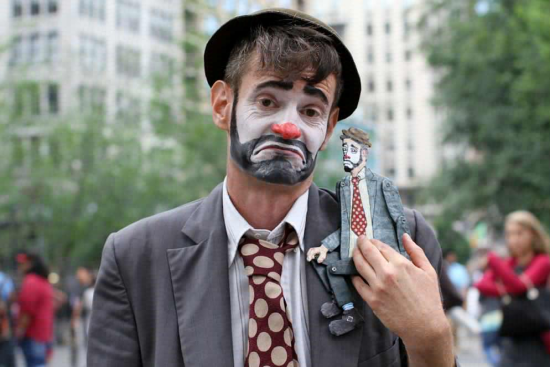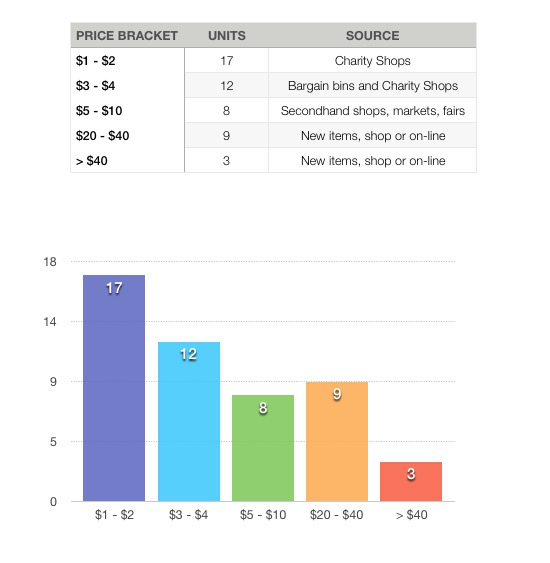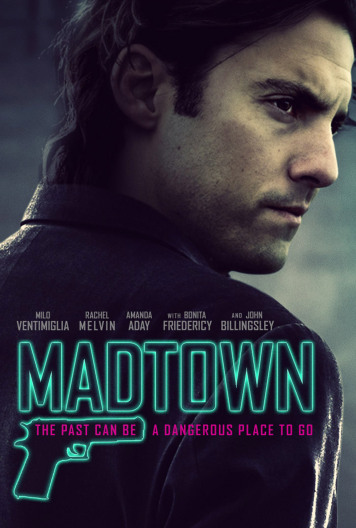
Left: Brandon Stanton via (Huffingtonpost). Right: Debbie Millman, taken by Ryan Essmaker via (thegreatdiscontent)
I have always been aware of the presence of Humans of New York on the internet ever since 2015, especially on my Facebook newsfeed. However, it was not until this March of 2017 that I came to know Brandon Stanton–the creative and compassionate soul behind Humans of New York through a podcast Design Matters by Debbie Millman .This is when my admiration of him not only as a photographer but as a creative person slowly escalated. He is not merely taking pictures of strangers on the streets of New York City, yet he also captures their stories and repackages them for public as a reminder that humans are essentially walking living and breathing invisible stories.
Right after he got fired from his job as a bond trader in Chicago, to occupy his vacant time as an unemployed, he bought a camera and taught himself some basic photography. To develop his sensibility as a photographer, initially he would find something that he thought was beautiful and photograph it from 20 different angles, giving him almost 1000 new photos everyday. Then in 2010, he came to New York City with the counter-intuitive goal of, as he said in his website, “photographing 10,000 New Yorkers on the street, and create an exhaustive catalogue of the city’s inhabitants.” At the same time, he became curious about the people that he photographed and began asking their stories that later he would include their stories as quotes on the photos.
Gathered here are some of my personal topics that both Stanton and Millman were discussing on the podcast. Some of the topic being discussed: the start of Humans of New York after Stanton got fired as a bond trader, Stanton’s thoughts on enhancing social skill, his personal philosophy about time as the most precious resource that one can possess, Stanton’s recipes to inspire people to reveal the subterranean part of who they are, and his sobering perspectives on human reality.
People might think that the approach that Stanton does for his work mirrors his personality as an extroverted man. Little did everyone know, when he started doing this project, he was fearful of approaching strangers. After gradually pushing himself to interact with strangers everyday, his social skill grew. In this podcast, he argued that the popular belief that says people are either born as extroverts or introverts is false. Social skill, he said, just like any other skill, is something that can be cultivated.
“Being social is a learned skill. I am remembering now the context in which I had said in Reddit when somebody was asking me for advice on how to talk to other people. And in high school, I was starting all these clubs (student government president, homecoming president, a founder of spirit club) but I was like a social person and I was kind of assume that this was some inherent quality of me–I was just an extrovert, I was social, and that’s who I was. And then when I went through more an introspective phase where I was reading a lot, spending a lot of time alone, then when I started to re-engage with the world, I did find that I was kind of awkward at certain situations in a way that I had never been before. That’s what made me realize that being social, like anything else, talking to people, communicating with people, is something that can be developed just like any other skills, just like algebra or spelling. . .”
He shared that the destiny calling of Humans of New York emerged the day when he found himself as a laid off bond trader.
“During that time when I was working as a bond trader, all I was thinking about was the markets. I was just obsessed with it but I did not view myself as somebody who just wanted to make money–that was not my personal identity. I viewed myself as a creative person who was going to build this cushion of security and then make a pivot and then do creative things that I love. . .I am going to make my money first and then I am going to pivot. During those two years, once I finally lost my job, I looked back on those two years and I had lost that time and did not have any money to show for it and so I thought, more than the physical time that I needed, I needed mental time, I needed the freedom of the mind to do things that I want to do. And so [although] I was so afraid of getting fired, the day that I got fired, it was strangely a relieving day because suddenly I had all of this thought-energy and I could start thinking about “What do you really want to do?”. . .and it was through that thinking that the idea of Humans of New York eventually emerged.”

“I want to change the world, but I don’t know how. “”Do you mind if I give you a piece of advice?” “Sure.” “Read books by people you disagree with.” Via (HumansofNewYork)
For people who are bravely willing to put their art-works out into the world, criticism is inevitable. Brandon Stanton is not easily discouraged when he gets criticized from people. When people reject him as a photographer, he truly believes that his true role behind HONY is a story teller. HONY, at its core, is a collage of human experiences, captured through his camera and powered by Stanton’s exquisite love for story-telling.
“I take a little bit pride in it [when people criticize him]. Because obviously Humans of New York is so successful and the fact that I am not that technically proficient, I think it shows that it is something deeper than some sort of technical proficiencies that makes it powerful. I view Humans of New York as storytelling and I view the photography as subservient to the story telling. The photography is only necessary to the point where it helps to tell the stories that I am trying to tell. I take that as my identity and [when] someone criticizes my photography skills, it is very easy for me to shrug off.”
Behind every artist’s wild success, there are always unheard stories that no one knows but the artists themselves. These are the stories that make them become the artists that we hear, see, and praise. For Stanton, his early beginnings of HONY were hard days. When he moved to New York, he knew nobody, but he had the goal of photographing 10,000 people on the street of New York City. His daily persistence for years eventually gained a lot of attention, not only in the U.S but all over the globe.
“I had $600 coming in every two weeks from unemployment benefits and that was enough to maybe pay my rent and eat about two meals a day. And so I lived in a room in a sublet in Bed Stuy [Bedford-Stuyvesant], which just had a mattress in the middle of the floor. There was no furniture, nothing on the walls. I did not go to bars, I did not go to restaurants, I did not go to movies, and I did not go to anything. All I did was photograph. So that mixed with a few odd jobs, mixed with some loans from my friends, was enough to keep me afloat for about a year and a half.”
On his personal philosophy of time as the most valuable resource that people can have, Stanton said to Millman:
“I think so much we are oriented to think of time as a means of accumulating, not just accumulating material things but accumulating degrees or extracurricular activities or things that will look good in job interviews. We view our time as a means to accumulate things that will help us reach our ends. [And yet time is] not only a resource itself, but the most valuable resource that you have is what you do with your time. And say okay, “I am going to put that front and center, and I am going to not try to use my time to structure a life, but I am going to put time front and center and try to make the decisions that are necessary to where I completely own my time.”

In a particularly New York scene, this man was doing puppet shows based of the short stories of Franz Kafka. He had a very young assistant who blew into a saxophone during all the pivotal scenes. Via: (HumansofNewYork)
Besides believing that time is the most precious resource to hone our crafts as an artist or cultivating our dreams, he believes that humans are simply collages of stories that they have woven across the years. When people think that they are deprived of material things to offer to another humans, they simply forget that they have innumerable stories that they can offer to others. Stories can be the greatest gifts.
Debbie Millman: Brandon, how do you inspire people to tell you these intimate vulnerable stories about the deepest part of who they are?
Brandon Stanton: There are two things: One, you ask. And two, you accept that some people will not [willing to share their stories]. The reason of Humans of New York is so hard to replicate is because you have to be willing to do it over and over again until you find the person that is willing to share. . .There is a validation that comes with somebody really taking an interest in your story. And for some people, their stories all they have–their marriage failed, the lost their jobs, all they really have to offer is their stories. . .”
This perhaps, the topic that makes me pause and reflect about my constant interactions with people in my life. Truth is not always truth with the capital T, and it has so many rich layers that most of us do not even acknowledge their existences. To be willing to go deeper than the person’s exterior self and dissect his or her interior self, for me, is an act of courage.
Debbie Millman: Do people scare you with some of their stories — do you hear things that frighten you?
Brandon Stanton: There is a large range of human experience. . .I think that the truth, and this is a dangerous line to draw because you get into moral relativism. But I think that the truth is always exculpatory. That if you dig down into why this woman strangled this eleven years old girl, you learn about her paranoid schizophrenia which she did not know was schizophrenia. She thought [there] were people talking to her and then if you dig back even further than that, you find out about the uncle who raped her every night, from the age of 7 to 11. And you start realizing that these people are acting with the information that they had about the world, and they are speaking in the language that they knew and once you dig down to that level, everything can be explained.
Debbie Millman: It’s a very compassionate, very generous view of humanity.
Across the years since its inception in 2005, Design Matters has interviewed almost 200 creative thinkers across disciplines from artists, architects, poets, brand consultants, writers, bloggers, and so on. Some of my favorite episodes are: Maria Popova of BrainPickings, Krista Tippett of On Being, Seth Godin, Maira Kalman, Tim Ferriss. The lists are endless.
Please enjoy and do not forget to download Design Matters on ITunes.
Share this:




